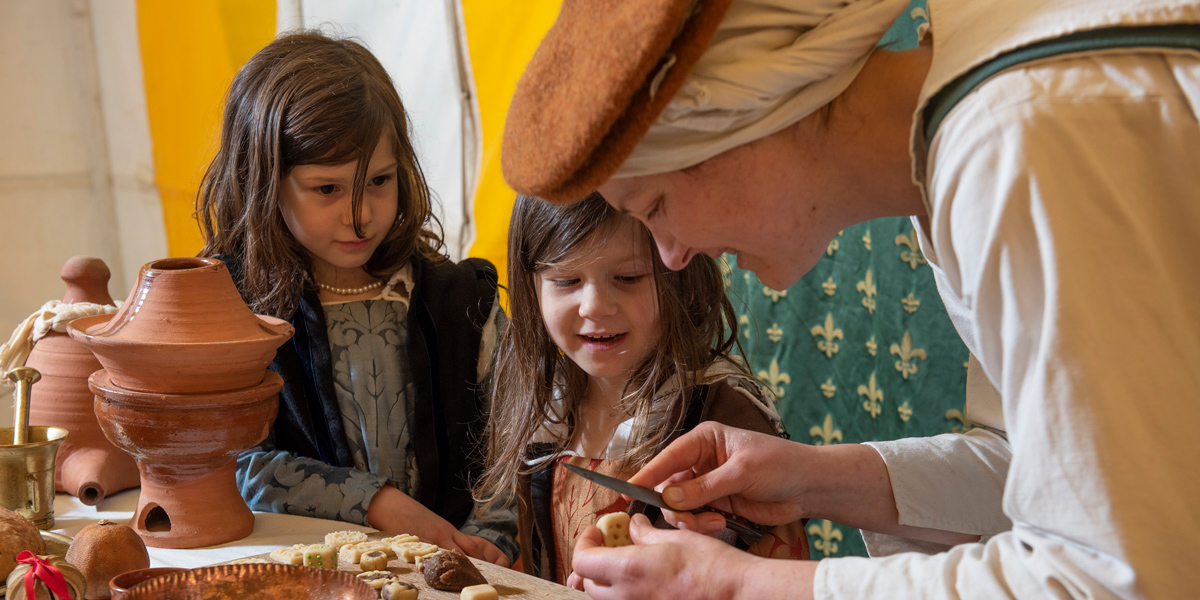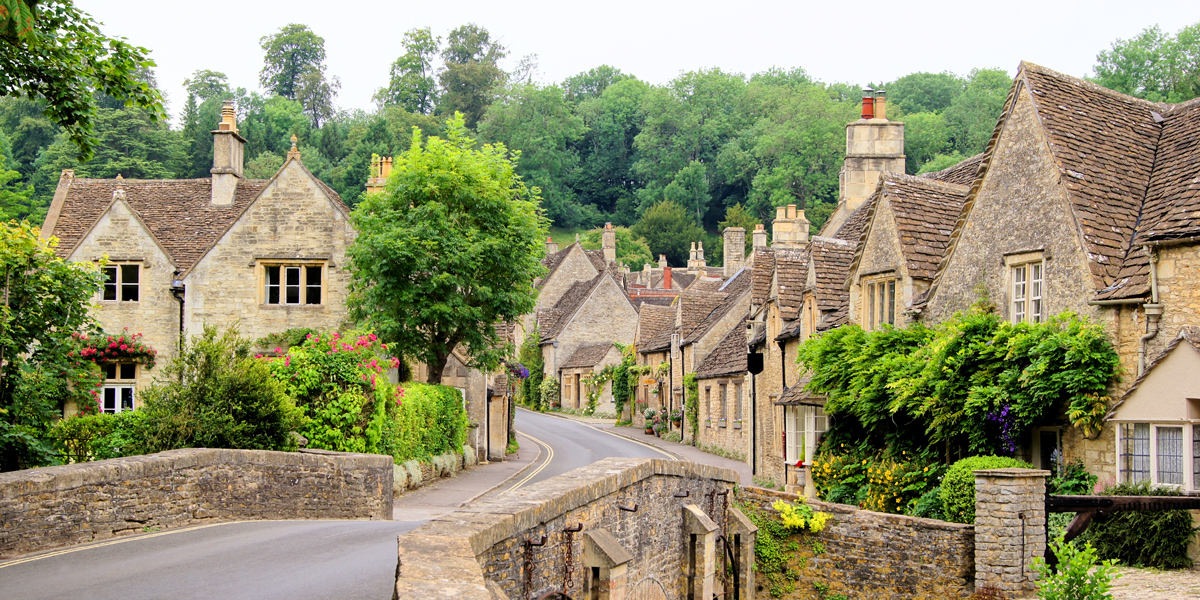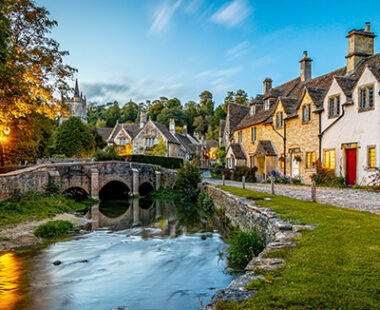You can’t miss out on the stone circles at Stonehenge and Avebury – Wiltshire’s most famous attractions. But history and culture buffs can also have a blast exploring castles, stately homes and a plethora of fascinating museums and galleries.
Stonehenge
One of the most iconic sites in the world, the stone circle at Stonehenge will take your breath away. Building began here some 5,000 years ago, with the standing stone circle added around 2500BC, constructed from sarsens and bluestones. Scholars are still debating to this day why – and how – it was built. There’s an excellent visitor centre with ancient objects and Neolithic houses to explore, plus a forensic reconstruction of a 5,500-year-old man whose bones were found at the site.

Walk in the footsteps of your Neolithic ancestors at Stonehenge
Stonehenge is part of a UNESCO World Heritage site along with Avebury, the largest stone circle in the world. Avebury was originally made up of 98 stones and today there are 30 still standing. It was created between 2850BC and 2200BC and many finds from the site can be visited at the Alexander Keiller Museum in Avebury village.
You’ll find other Neolithic and Bronze Age ceremonial sites within walking distance of Avebury, including West Kennet Long Barrow, an impressive, chambered tomb, and Silbury Hill, the largest man-made prehistoric mound in Europe.
Read more: Know before you go – Stonehenge
Castles and historic homes
Originally built as a luxury home and fortification back in the 14th century, today the historic Old Wardour Castle stands in ruins beside a lake near Tisbury, a few miles west of Salisbury. Take an audio tour via your phone and learn all about Old Wardour’s experiences in the English Civil War. The magnificent setting provided the inspiration for the castle in the Kevin Costner movie Robin Hood: Prince of Thieves. Climbing the spiral staircase to the turrets affords views for miles, and there’s even a grotto, sure to be a hit with the kids.
For a slightly different experience, head to the fairy tale 16th-century Longford Castle, which has been home to the Earls of Radnor for over 300 years. With its turreted palace and the River Avon running through its grounds, it’s simply beautiful. But what really sets this castle apart is that it’s home to part of the National Gallery’s art collection, including works by Van Dyck, Reynolds and Gainsborough, as well as fine collections of porcelain, furniture and tapestries. It’s only open to the public for 28 days a year, so make sure you book in advance via the National Gallery website.
- The 14th-century Old Wardour Castle boasts a fascinating history
- Salisbury Cathedral is home to a copy of the Magna Carta
Another historic house worth visiting is Arundells. It was the home of former Prime Minister Sir Edward Heath and houses paintings by Churchill and Sargent, Chinese ceramics from Chairman Mao, David Lloyd George’s writing desk and memorabilia from Nixon and Castro. Located within Salisbury’s magnificent Cathedral Close, the Grade 2-listed house is one of the city’s most charming destinations.
Old Wardour Castle’s magnificent setting provided the inspiration for the castle in the Kevin Costner movie Robin Hood: Prince of Thieves
While in Salisbury, take the time to wander through the medieval streets and admire the stunning cathedral, which is home to one of the four remaining copies of the Magna Carta. It’s impossible not to be transfixed by the sight of this 800-year-old document, the best preserved of the four.
Just 10 miles outside of Salisbury why not visit Bluestone Vineyards and learn about English sparkling wine? Enjoy a guided tour and tutored wine tasting experience together with the popular local cheese and charcuterie lunch platter showcasing the finest produce Wiltshire has to offer. It’s a fun and relaxed way to spend a few hours on your visit to Wiltshire.















